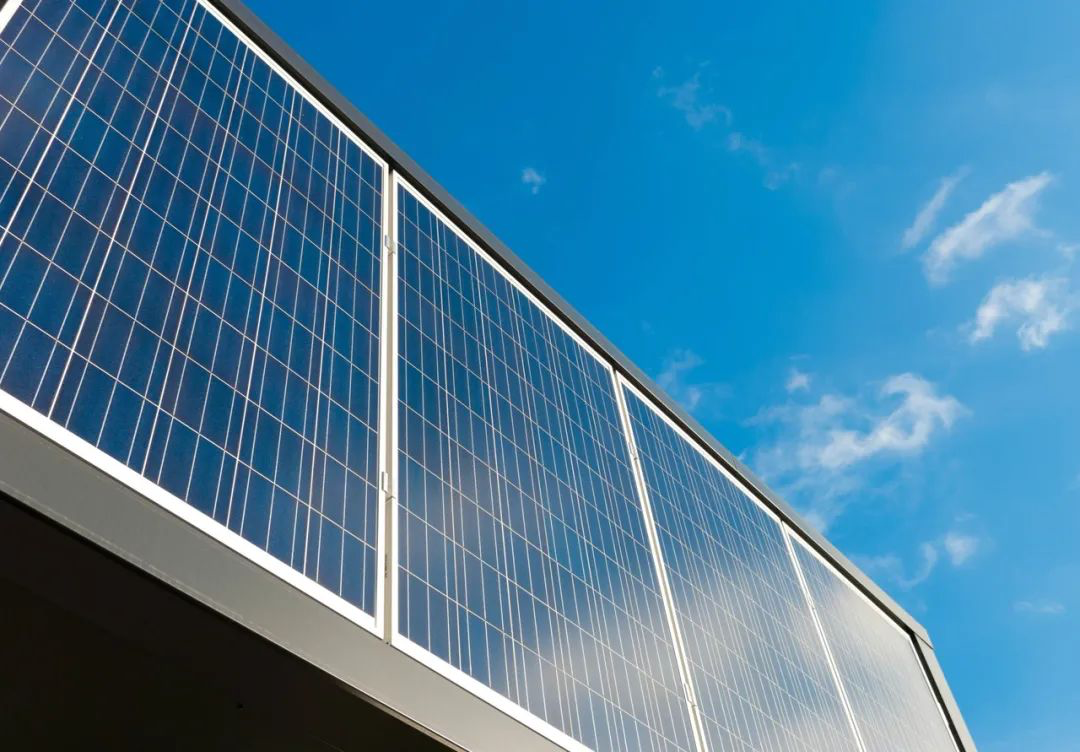

The Advantages and Applications of Thick Tempered Glass
Thick tempered glass, a material known for its strength and durability, has become increasingly popular in various industries and applications. Unlike regular glass, which can shatter easily under stress, thick tempered glass undergoes a rigorous heating and cooling process that enhances its resilience. This characteristic makes it an ideal choice for a wide array of uses, from architectural design to safety equipment.
One of the primary benefits of thick tempered glass is its exceptional strength. The tempering process involves heating the glass to over 600 degrees Celsius and then rapidly cooling it, which creates a level of compressive stress on the surface. As a result, thick tempered glass can withstand higher levels of impact compared to standard glass. Typically, it can resist thermal stress up to several hundred degrees without compromising its integrity. This makes it an optimal choice for environments where temperature fluctuations are common, such as in restaurants, kitchens, or outdoor spaces.
In architectural design, thick tempered glass serves both functional and aesthetic purposes. It is often used in building facades, skylights, and glass railings, where both safety and style are paramount. The sleek appearance of thick tempered glass allows architects to create stunning visual effects, while its strength ensures that these designs do not compromise safety. Moreover, thick tempered glass can be manufactured in various finishes and colors, allowing for customization to match the overall design of a structure.

Another significant advantage of thick tempered glass is its safety features. When broken, it shatters into small, blunt pieces rather than sharp shards, minimizing the risk of injury. This property is particularly valuable in environments such as schools, hospitals, and public spaces where safety is a top priority. Additionally, thick tempered glass is often used in various kinds of furniture, such as tabletops and shower doors, where both elegance and safety are required.
The versatility of thick tempered glass extends to various fields, including automotive and electronic industries. In automobiles, thick tempered glass is commonly used for windows and windshields due to its ability to withstand impacts while providing clarity and safety for passengers. In electronics, it can be found in screens for devices, providing a protective layer that enhances durability.
Furthermore, thick tempered glass is environmentally friendly compared to other options. It is recyclable and helps in energy conservation, especially when used in double-glazed windows that provide insulation, ultimately reducing energy consumption in buildings.
In conclusion, thick tempered glass stands out as a robust and versatile material suitable for a multitude of applications. Its safety features, aesthetic appeal, and strength make it a preferred choice in architectures, furniture design, automotive construction, and more. As technology continues to advance, the possibilities for thick tempered glass will likely expand, paving the way for innovative designs and increased safety in our everyday environments.